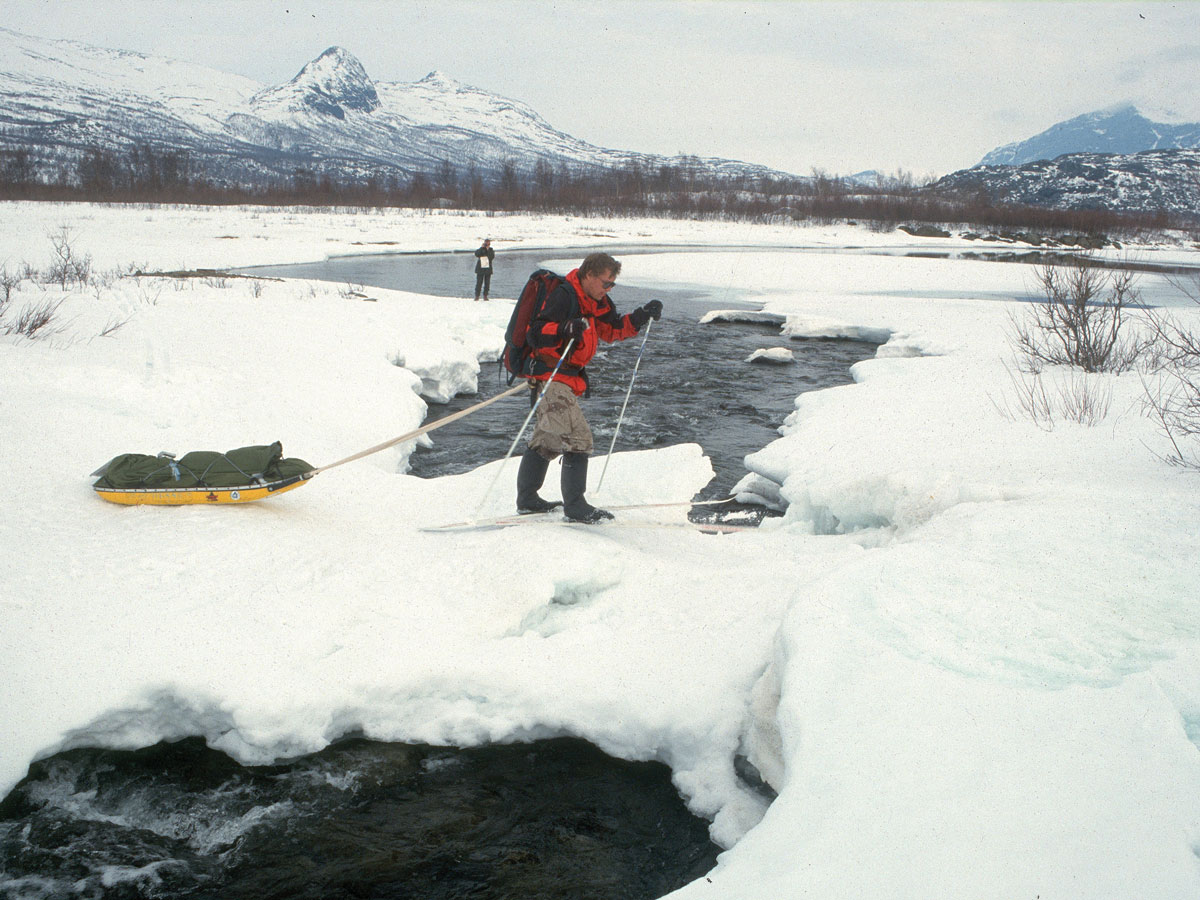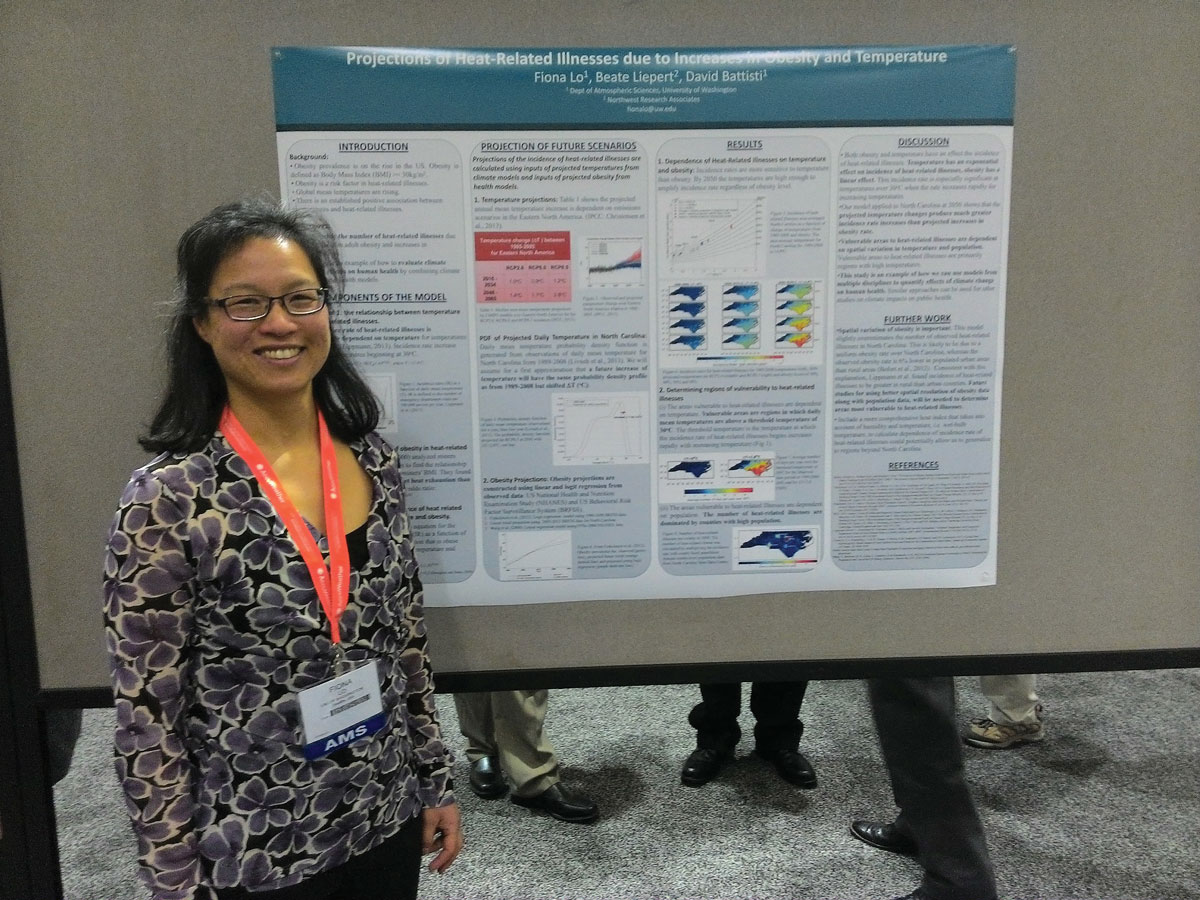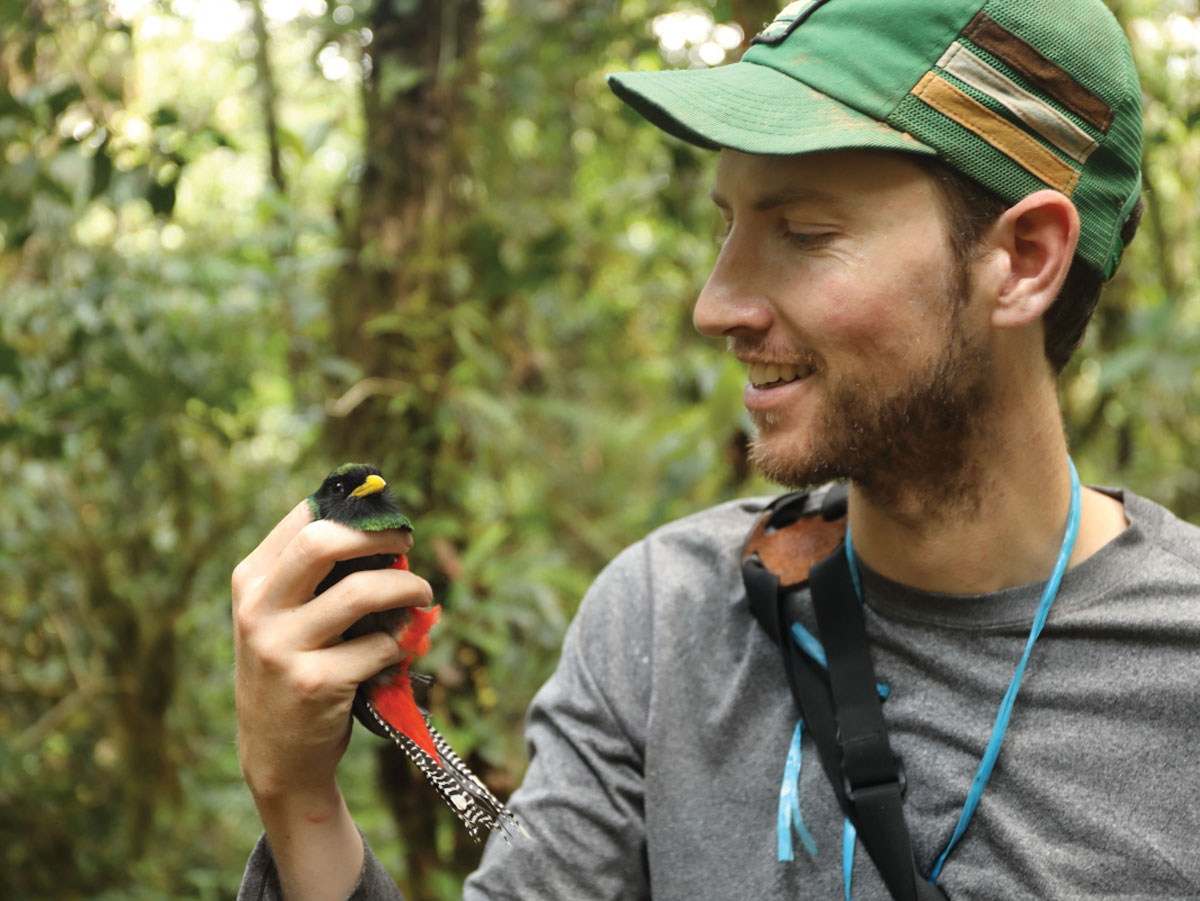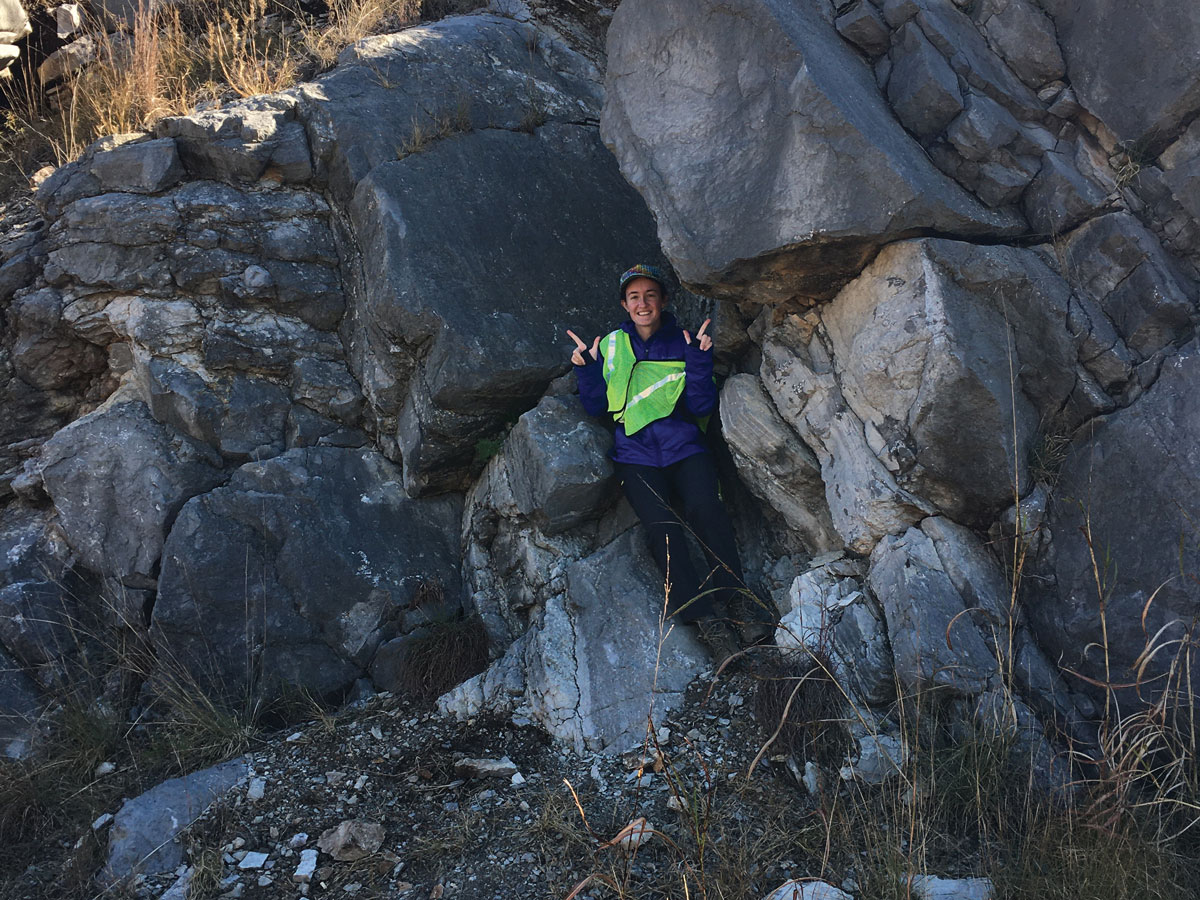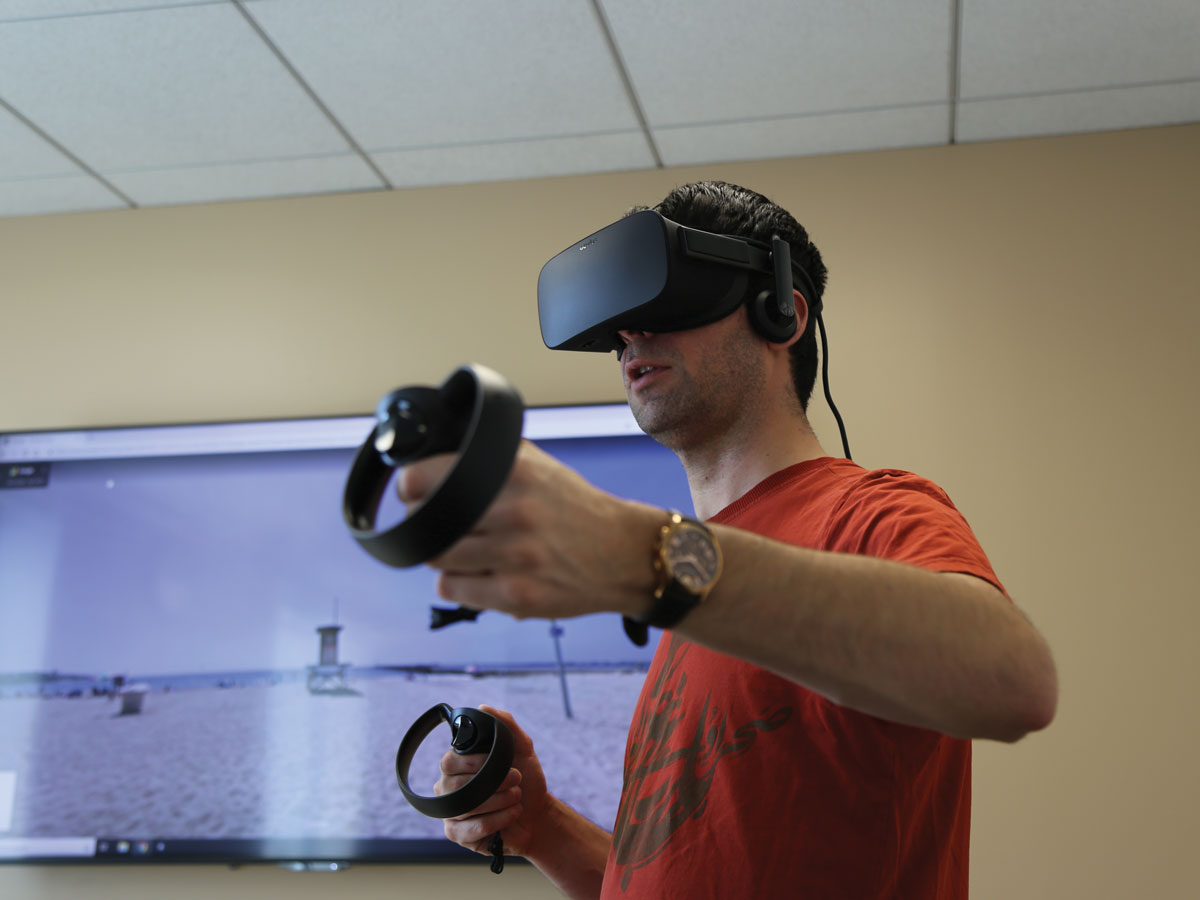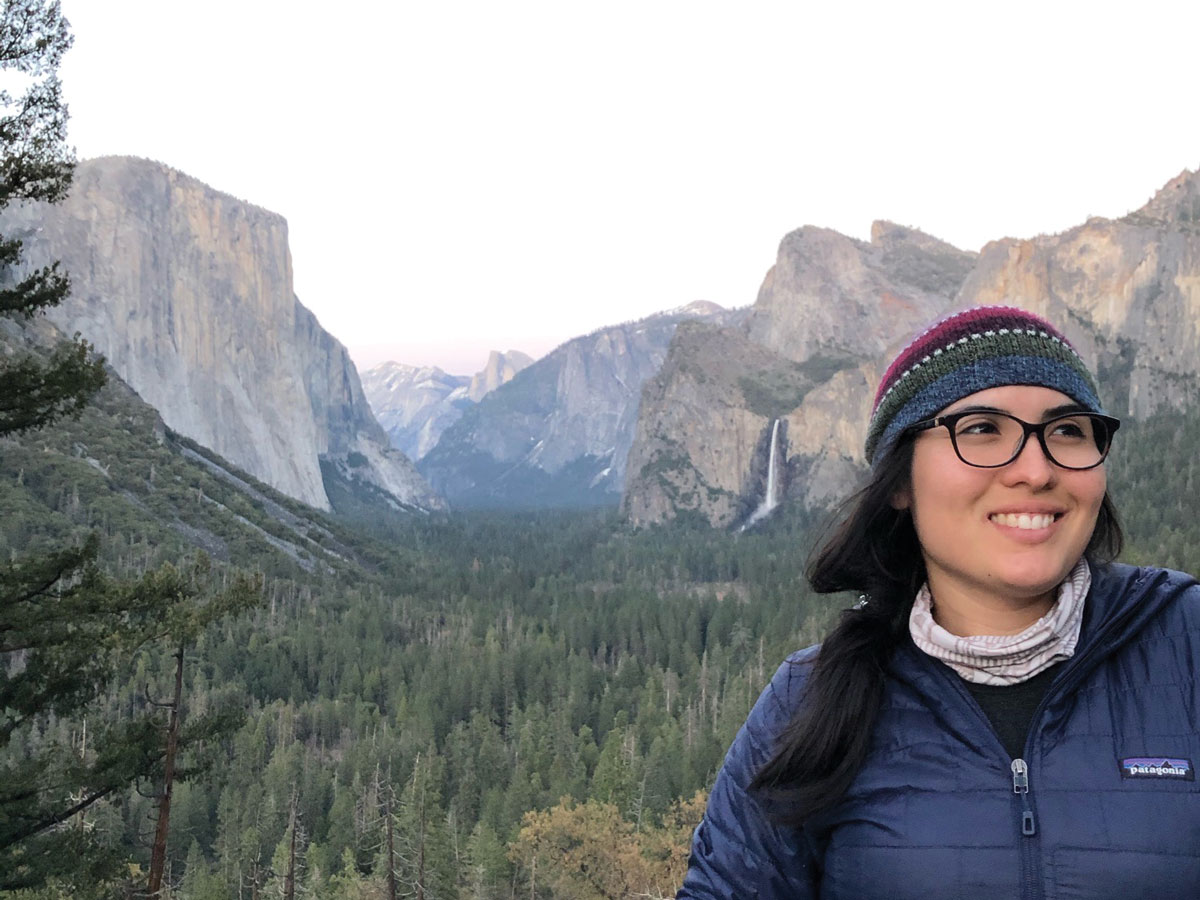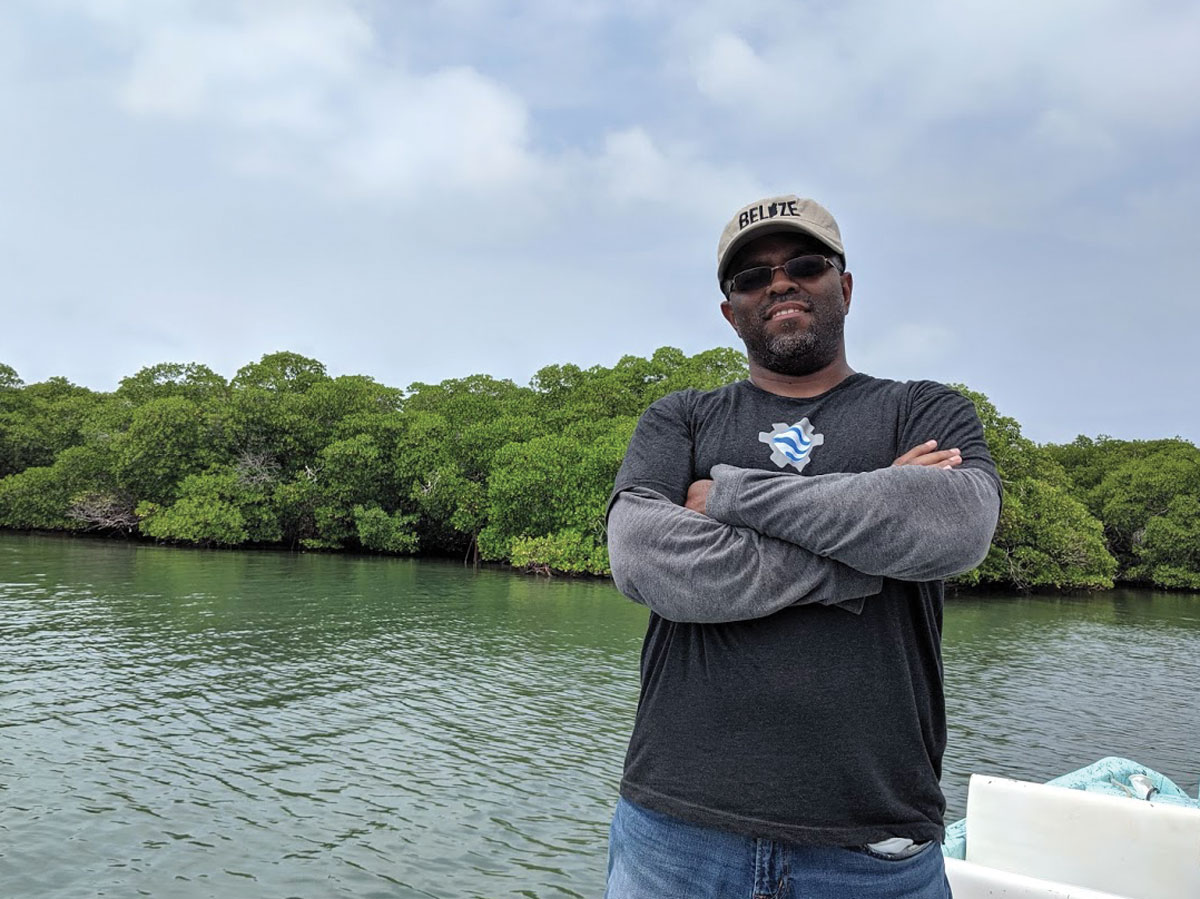Advocating for the importance of Traditional Knowledges in Finland and beyond.
Features
Fiona Lo: A “Really Long, Convoluted Path” to Health
Lo uses her background in atmospheric sciences to forecast pollen concentrations.
Benjamin Freeman: Slowing Birds’ “Escalator to Extinction”
From Bolivia to Peru, Freeman researches how a warming world affects tropical birds.
Lauren Haygood: Normalizing STEM in America’s Heartland
Community science builds bridges while generating valuable environmental data.
Rita de Cássia dos Anjos: Never Settle for Things as They Are
The award-winning astrophysicist is using her visibility to call attention to inequalities in the Brazilian science community.
Alexandre Martinez: The Virtual Reality of Climate Change
Martinez brings science to the public using technologies like virtual reality to improve understanding of climate change.
Jimena Díaz Leiva: Changing Conservation Narratives
Díaz Leiva has been to Peru and beyond as she works on environmental and social justice projects.
Michael Kotutwa Johnson: A Voice for Indigenous Agriculture
A farmer draws on Traditional Knowledges to restore the Native American food system.
Freya Garry: Forwarding Knowledge on Climate and Gender
A climate scientist builds a network for women and nonbinary people in her field.
Emil Cherrington: Bringing Satellite Data Down to Earth
Showing how eyes in the sky can help people on the ground.

